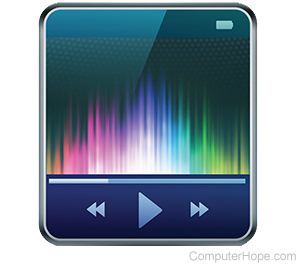Video for Windows

Sometimes shortened to VFW, Video for Windows was a multimedia framework developed by Microsoft that allowed Windows users to play and encode digital video. Introduced in 1992 as an add-on for Windows 3.1, it provided a set of APIs (Application Programming Interfaces) for handling video-related tasks on 16-bit versions of Windows.
Video for Windows supported multiple video compression formats, but primarily used AVI (Audio Video Interleave). The original version had an image rate of 30 FPS (frames per second), and its resolution topped out at 320 pixels by 240 pixels. While VFW played a significant role in the early days of digital video on Windows, in March 1997, it was merged into DirectX 5. Shortly after that, VFW became known as DirectShow.
AVI, Computer acronyms, DivX, Format, Microsoft Video Editor, Operating system, Pixel, Version, Video editing software, Video terms
